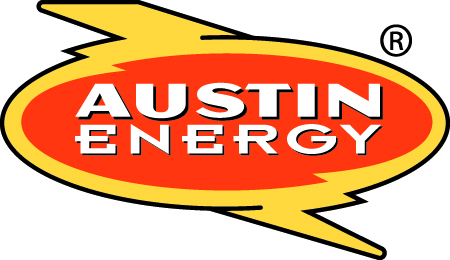
By Cyrus Reed
On Wednesday, July 9, after a three-hour meeting, the Austin Energy Generation & Resource Planning Task Forceapproved its final report that lays out ambitious goals for Austin Energy over the next 15 years. As a member of both this task force and its 2009 predecessor, I can state the plan is ambitious and I support it. If approved, it should make Austin Energy one of the cleanest and most efficient utilities in the United States.
While you won’t be able to read the final task force report until early August, due to a number of additional recommendations that were approved by the Task Force during its final meeting, below are a few details on what we unanimously approved.
Topline Recommendations
The top recommendations are to keep Austin Energy affordable, equitable, and environmentally friendly. First, we recommended that Austin Energy continue to keep rates affordable. The average cost of electricity should rise no more than 2% per year and they should remain in the bottom 50% of rates compared to other public utilities in Texas.
Second, we recommended that all Austin Energy programs must be done equitably. For example, City Council could require Austin Energy to set a new energy efficiency goal for those least able to afford their bills – folks living at or below 200% of the Federal Poverty Guidelines – as well as a goal for moderate income Austinites, those who have incomes between 200% and 400% of the federal poverty guidelines. We know the more affluent residents can afford to make their homes energy and water-efficient and solar-powered, but we want to make sure programs are designed to help those least able to pay, as well as those who may be able to contribute something but will need a bit more help to get their homes energy efficient. Toward that end, we also added some stretch goals in the coming years, like making sure that at least 10% of our annual energy efficiency goals are met through targeted programs like low-income weatherization or rebates for apartment residents to get their energy use and energy bills under control. We also reaffirmed the need to have budgets that continue to support ARRA-level weatherization programs.
Third, we set a huge priority for the city-owned utility: get to zero carbon emissions by 2030 if you can do it affordably. If not, aim for 2040. Essentially, we are telling the utility to get on a low-carbon and eventually a zero-carbon diet as quickly as possible through energy efficiency, demand response, renewables, and energy storage, while responsibly weaning itself off of coal and natural gas.
Renewables, Storage, Energy Efficiency and Demand Response Goals
While we debated increasing the renewable goal from the current 35% by 2020 – which we expect to meet by 2016 – we ultimately decided that the only way to get to zero carbon is by continuing to invest in renewables, so we didn’t set a specific renewable goal.
The report targets getting at least one hour of energy storage for 200 MW on the system and calls on Austin Energy to develop a comprehensive strategy to develop different kinds of energy storage – such as advanced batteries, chilling stations, and compressed air energy storage. Energy storage makes solar and wind energy dispatchable and thus much more valuable.
We also recommended increasing Austin Energy’s energy efficiency and demand response programs – which shift when energy use patterns when demand and prices are highest to when they are lower – and we suggested raising our current goal of reducing demand by 800 MW between 2007 and 2020 to 1,200 MW through 2024. Part of the way we get there is by making all new commercial buildings “net-zero” buildings – which means they would produce as much energy as they consume by utilizing onsite solar – and allowing third-party leasing of solar systems within our public utility.
Strategic Positioning
The meat of the report is mainly about natural gas uncertainties – price volatility and environmental impacts – and the need to move rapidly toward more solar on rooftops, nearby and larger projects elsewhere in Texas. Specifically, we recommended Austin Energy to make solar the de-facto future energy source, endorse a previous goal of 200 MW of local solar (within the Austin Energy service area), and consider massive investments in West Texas solar to help wean ourselves off our oldest and dirtiest natural gas plant, the Decker Creek Power Station. Decker is infrequently used but is needed at peak times. Having a large investment in local and West Texas solar in the coming years could help us retire this 927 MW behemoth early, which will also free up water for other uses.
In addition, the report calls on City Council to direct Austin Energy to start negotiating the retirement of our share of the massive coal-fired Fayette Power Plant, which continues to belch out millions of tons of carbon dioxide and thousands of tons of nitrogen oxide and sulfur dioxide. While we rely on the coal plant today, the hope is that by negotiating with co-owner, the Lower Colorado River Authority, we can separate out one 600 MW unit and retire it sometime before 2020 as we add more solar, wind, energy storage, energy efficiency, and demand response.
Next Steps
The next step to implementing Austin Energy’s future energy plan is a discussion at the Electric Utility Commission on July 21, followed by a City Council meeting in early August when they are presented the Task Force recommendations. Austin Energy is also expected to model a variety of future scenarios and will be presenting their reaction to the Task Force recommendations and their own plan sometime in September. A final vote on the Task Force recommendations and Austin Energy Generation Plan is anticipated for November. Stay tuned!